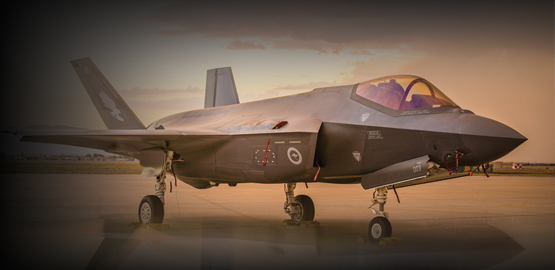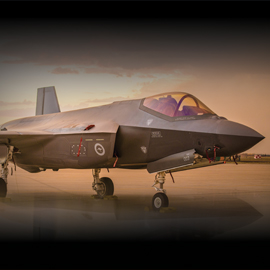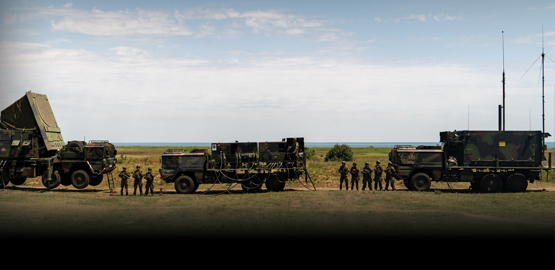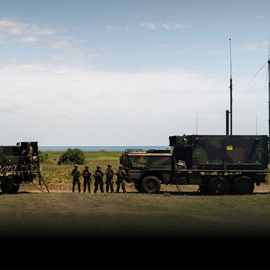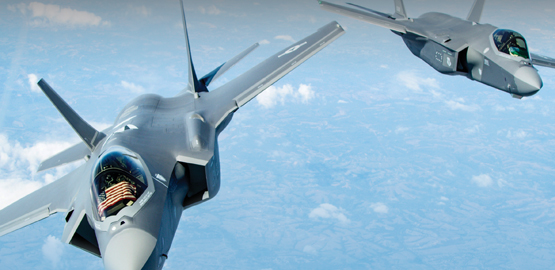Publications
"Nobody does defense policy better than CSBA. Their work on strategic and budgetary topics manages to combine first-rate quality and in-depth research with timeliness and accessibility—which is why so many professionals consider their products indispensable." – Gideon Rose, Editor of Foreign Affairs, 2010-2021
To Preserve Extended Nuclear Deterrence in Europe an American Should be SACEUR
Recent press reports suggest that Pentagon leaders are considering a dramatic organizational change: relinquishing the traditional U.S. role of providing NATO with its Supreme Allied Commander (SACEUR). This would be deeply unwise and potentially dangerous for the United States, as well as for our European allies. Since December 1950, when General Dwight D. Eisenhower became the first Supreme Allied Commander of the newly created North Atlantic Alliance, the position has been filled by an American. This is not spelled out in any formal document. Rather, it is a norm that has been honored by the Alliance for almost 80 years because the United States is the alliance’s strongest member. It also serves as an important sign of Washington’s commitment to European defense. And it underpins the forward deployment of U.S. nuclear weapons on the territory of select European NATO members, which remains central to extended deterrence.
Peaceful Resolution: Reframing U.S. Defense Strategy Toward Taiwan
America’s strategic approach to Taiwan is ripe for reevaluation. Although Washington’s sensitivity to Taipei’s security dilemma has increased markedly in recent years, U.S. policy toward Taiwan remains bound by a series of outdated historical understandings. As a result, American policymakers have focused narrowly on arms sales to the island, rather than developing and articulating a new vision for United States-Taiwan security cooperation.
Relook Playbook: Defense Budgeting Insights From a CSBA Rebalancing Exercise
In February 2025, Defense Secretary Pete Hegseth directed the Pentagon to reexamine the 2026 budget request, which has been drafted but not sent to Congress, to ensure that it reflected the Trump administration’s priorities. Specifically, he tasked the military departments and defense agencies with identifying lower-priority activities totaling 8 percent of their projected annual budgets from 2026 to 2030. These lists of potential cuts will create a substantial pool of money available for potential reallocation.
The Lost Art of the Bargaining Chip? The Case for Gaining Negotiating Leverage for Nuclear Arms Control With Russia and China
Over the past decade, as Russia and China have enhanced their nuclear capabilities, the United States has sought to negotiate arms control arrangements that would avoid a new nuclear arms race. So far, however, those efforts have proven unsuccessful. As a result, Washington is on track to confront an authoritarian axis of two nuclear peer competitors over the next decade. Meanwhile, its planned nuclear posture still reflects a far more benign threat environment.
Focused Force: China’s Military Challenge and Australia’s Response
China’s ambitions, assertiveness, and massive military expansion have stimulated a major shift in Australia’s defense policy. From the AUKUS partnership to new allied posture arrangements to the acquisition of long-range strike capabilities, Australia is carrying out a series of ambitious initiatives to strengthen deterrence. Canberra has further called on the Australian Defence Force (ADF) to become a “focused force” designed to deal with the highest-order dangers. As Australia undergoes this strategic reorientation, it confronts weighty investment and divestment decisions that could have lasting consequences for force structure and posture.
Putting It All Together: The 2025 Defense Budget Request, Alternative Budget Proposals, and NATO Spending
With a new administration and new Congress entering office, experts from across the political spectrum have introduced competing proposals for future U.S. defense budgets. The most noteworthy aspect of these proposals is the extraordinary degree to which they differ. One issue driving the differences is NATO military spending. Much attention has centered on NATO members devoting at least 2 percent of their GDP to defense. Despite this attention, research has rarely projected the additional funding and forces that could be generated if all NATO countries met the 2 percent of GDP benchmark—or a higher target.






